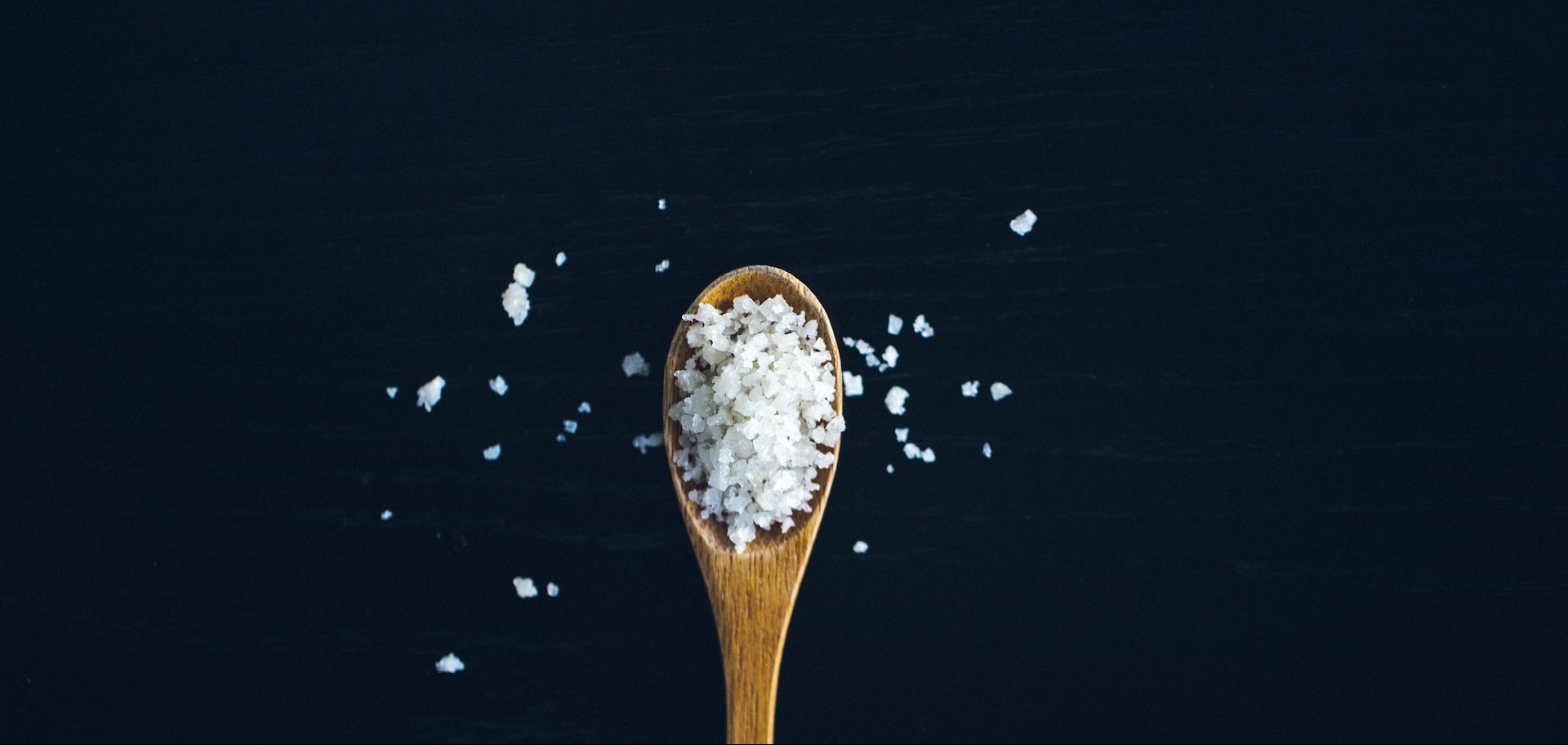06 Jun Salt as a cost effective medium to deliver micronutrients to vulnerable populations
Anaemia is a common condition that is prevalent worldwide, especially in low-income populations in South Asia and Sub-Saharan Africa. Anaemia presents the highest risk to children and pregnant women. Rich dietary sources of iron can be unavailable to these populations, leading to efforts to ameliorate anaemia by fortifying food with iron.
Salt, due to its common usage, easy accessibility and low-cost, is often used as a fortified carrier of micronutrients to vulnerable populations. Previously, technology was developed to produce Double Fortified Salt, adding both iron and iodine to salt, which has effectively improved lives and reached around 60 million people in India. Like iron, vitamin B12 and folic acid have direct impacts on the synthesis of red blood cells. Also, being deficient in vitamin B12 or folic acid can cause a range of neurological disorders, neural tube defects, and cognitive impairment.
Keeping these concerns in mind, researchers at the University of Toronto have investigated a cost-effective technique to deliver iron, iodine, vitamin B12 and folic acid to vulnerable populations simultaneously through Quadruple Fortification of Salt (QFS). The technique combines iron and vitamin B12 through the process of co-extrusion, adding it to salt, and then spraying the mix with folic acid through an iodine solution to create QFS.
The resulting product can successfully supply iron (50% RDA), iodine (200% RDA), folic acid (100% RDA), and B12 (100% RDA) based on the assumption that average adult consumption is 10 g/day in targeted populations. It has also proved to be stable after 6 months of storage at expected local temperatures, retaining more than 90% of micronutrient content.
However, due to the presence of folic acid, the salt product is yellow in colour, which may hinder consumer acceptability. Educating target populations about the health benefits and further research to mask the colour will remedy this issue.
Regarding affordability, the additional cost to add these micronutrients to salt tallies to around US$0.30 per person per year, making QFS a promising and cost-effective approach to tackling anaemia in low-income populations and beyond if widely adopted.
This SNippet was written by Lizanne Noronha, a student intern in the SNi team.
Photo by Jason Tuinstra on Unsplash






